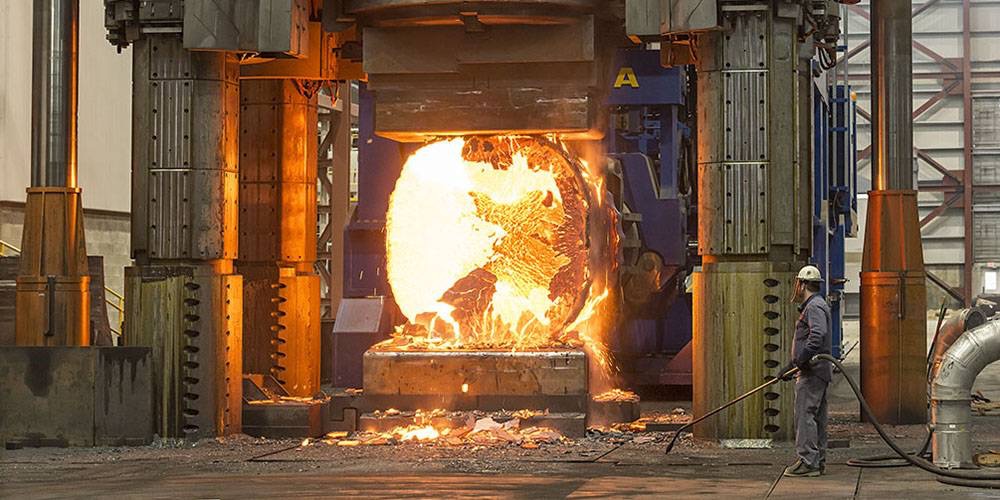If you are a forging enthusiast or an entrepreneur who wishes to grow in that path, you have to understand and know a couple of things. Different processes apply to any cold forging, the type of product you will want to come up with. For instance, you might want to learn how best or what process is best for making cold-forged steel. Read through this article to know the best and common processes that are popular among cold forgers.
Cold Rolling
In this process, you pass the metal through rollers that are constantly rotating. The rotation of these roller cause deformations by the use of comprehensive force. The friction produced between the rolls and the metal stock surface is due to the comprehensive stresses or forces. Steel metal is best for this process and is preferred so much by artisans.
Closed Die
In this process, you are required to use mechanical blows to shape a workpiece. This is done after placing the workpiece between two die halves. Use the hammer to strike the workpiece multiple times, just like the drop forging. The striking causes the metal to flow into the cavities of the die. This enables a smooth change of the shape of the metal.
Drawing
The drawing process requires you to pull a workpiece through a die. You might need to use a tensile string at the exit of the die. As you pull the workpiece, you are constantly reducing the cross-sectional area while increasing the length of the workpiece. You will have achieved close dimensional tolerance as compared to using the rolling process.
Extrusion Process
In this process, you will have to force a billet through a die. With the aid of the comprehensive force below, you will cut the final piece to the required length. The cut pieces are sent further processed using about 20,000kN of force to achieve the desired piece.
Open Die
This process uses two flat dies that don’t have a profile that is pre-cut. There are several processes that you will use progressively to shape and size your final piece. This process is best if your pieces are significant components of metals. Metal components that are heavy and big require a lot of integrity in structuring, making this process the best for this purpose.
Ring Forging
As the name suggests, you will need to use a doughnut-shaped circular workpiece. You will need to hammer and squeeze the piece while rotating it. Through this process, you will produce seamless rings and have diameters and strengths that are perfect.
Swaging Processes
This is also referred to as radial forging. In this process, you deform two parts of the workpiece to ensure the fit to each perfectly. You can highly rely on the process as it is automated. There are two types of swaging that you should be aware of; radial and tube swaging.
Bending process
Last but not least bending process is one where you press a workpiece through a shaping tool. Also known as pyramid rolling, it is used as an initial process for another cold forging process.
